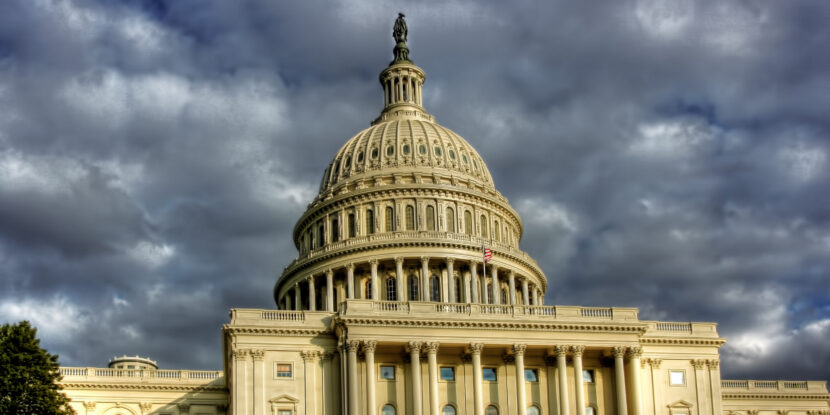The United States federal government is on the precipice of another government shutdown—albeit a partial one—as Congress continues to struggle to pass a temporary funding measure. Notably, a government shutdown occurs when Congress fails to allocate funds for federal operations by a set deadline, enforced by the Antideficiency Act of 1884. Currently, the deadline is 12:01 AM on Saturday, December 21, 2024.
While government funding fights, with shutdowns looming, have occurred at various points in the legislative year in the past, the current situation Congress finds itself in—with the shutdown fight occurring just before the Christmas holiday—is the result of the orchestrations of Mitch McConnell, Chuck Schumer, and Nancy Pelosi. Beginning in 2018, a series of budgetary and legislative maneuvers enacted between the House and Senate essentially set a permanent funding fight every year in mid-to-late December. Congressional leadership found this desirable as they believe the holiday forces members to be more amenable to voting for an undesirable bill.
When the federal government shuts down, services like the military and social security checks are not disrupted—for the most part. However, numerous other functions can be closed down until the government reopens, which can impact Americans’ daily lives and the U.S. economy. Additionally, shutdowns can have political fallout, with Republicans receiving the brunt of a voter backlash in the last several instances.
WHAT GETS SHUTDOWN?
A government shutdown will not end essential services, such as border protection and air traffic control, though federal workers will likely see payment delays. Non-essential functions, like the food assistance program and National Parks, will halt. Past shutdowns, such as the one in early 2019, have shown measurable economic impacts. Most troubling for Republicans is that the Biden White House will primarily determine what agencies and services will be affected.
Numerous federal workers could face unpaid furloughs, though statutory provisions force those deemed essential to government and national security to continue their duties. Roughly half of the federal employees will be furloughed. Meanwhile, the other half—deemed essential—will work without pay until the shutdown ends, and then they will receive back pay.
For those who file their taxes quarterly or are involved in ongoing tax disputes with the IRS, you’ll probably be out of luck. The IRS help lines will likely be impacted. Meanwhile, airport security lines will likely be long, slow, and less responsive to the travel needs of Americans traveling for the Christmas holiday. Transportation Security Administration (TSA) staffing levels could fall, making travel more burdensome. It is important to note, though, that the TSA itself will not be closed entirely, with its officers being deemed essential workers. This means airports will continue to be open and flights will still depart.
National Parks, the monuments in Washington, D.C., and government-run museums like the Smithsonian will all be closed. Suppose your family planned to travel to the nation’s Capitol for Christmas. In that case, you may want to enjoy Maryland and Virginia’s very picturesque state parks instead, because very little in D.C. will remain accessible.
WHAT IS THE FALLOUT?
The U.S. federal government has undergone numerous shutdowns over the past decades, giving us an idea of what a shutdown on Saturday morning could look like. A lot will depend on the length of the closure. If it drags on for weeks, the federal shutdown will likely see financial markets begin to panic and losses stack up.
Additionally, a lengthy shutdown could see mounting political pressure on both Republicans and Democrats to come to the table and reach a deal to reopen the government. Unfortunately, this could result in legislation stuffed with special interest handouts and other enticements to get the necessary votes to pass, which would signal a legislative defeat for House and Senate Republicans.
Lastly, there is a broader political fallout that can live on long after a government shutdown. In 2013, the federal government was shut down by the Republican-controlled House of Representatives, though Senator Ted Cruz (R-TX) was instrumental in pushing the House to reject a funding bill. While the shutdown only lasted 16 days and ended several weeks before the 2013 off-year elections in Virginia, voter anger as a result likely doomed the gubernatorial candidacy of Ken Cuccinelli—handing a once relatively safe red state to the Democrats and their gubernatorial nominee, Terry McAuliffe.


